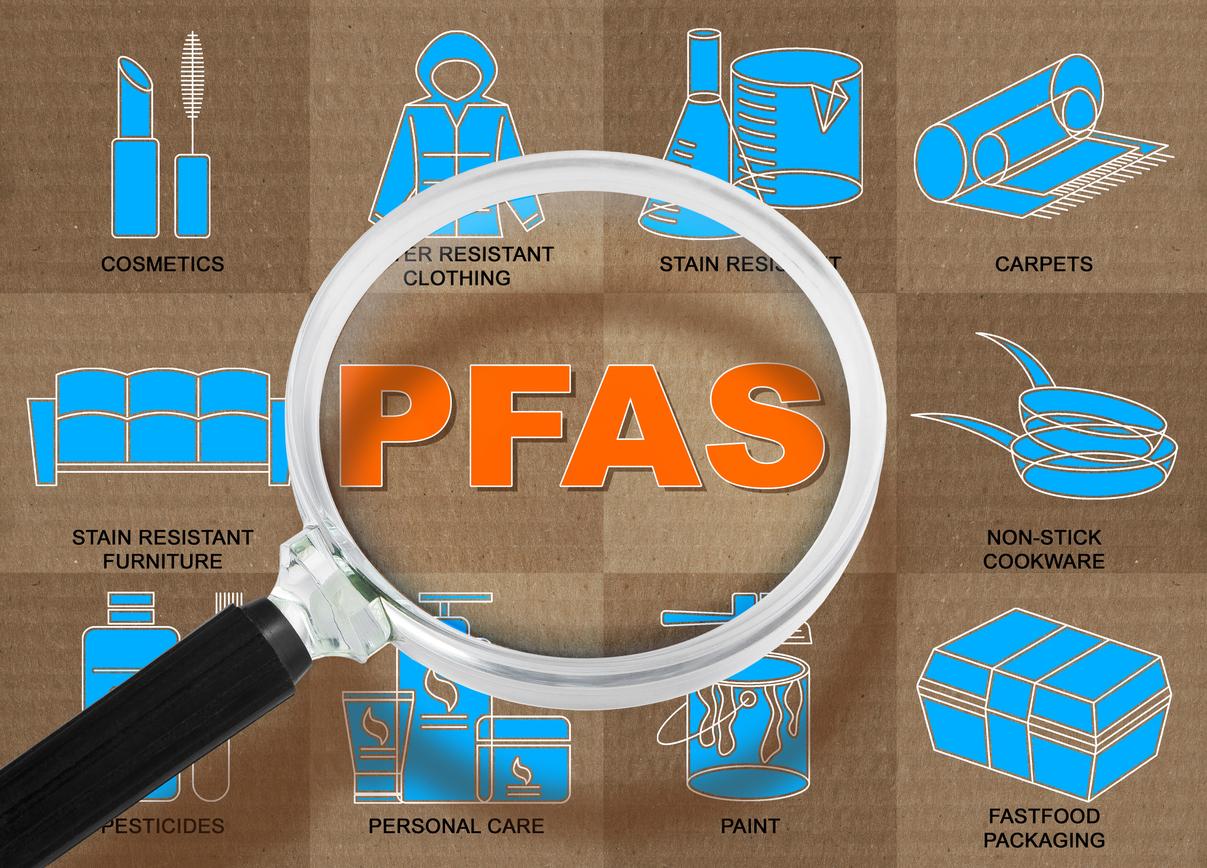
Friday, September 13, 2019
Thursday, September 12, 2019, the Haute Autorité de Santé (HAS) and the French Anorexia Bulimia Federation (FFAB) published recommendations concerning bulimia and binge eating disorder. Keys to better understanding these serious eating disorders.
Keys to better understanding bulimia
In France, bulimia affects 1.5% of 11-20 year olds, of which 3 out of 4 young people are girls. More common, binge eating affects 3 to 5% of the population and affects almost as much men as women. Still too little known and often perceived as shameful by people who suffer from it, this eating disorder is sometimes difficult to spot.
To raise awareness of bulimia and binge eating, the Haute Autorité de Santé (HAS) and the French Anorexia Bulimia Federation (FFAB) published on Thursday, September 12, 2019 a panel of recommendations . These are intended for professionals, patients and their families and offer a few keys. Goal : ” Improve identification, diagnosis, management and the follow-up of adolescents and adults suffering from bulimia or binge eating disorder “.
Manage bulimia
The High Authority for Health explains, first of all, the difference between bulimia and binge eating. The first is characterized by eating a large amount of food in a short period of time, associated with a feeling of loss of control followed by compensatory behaviors (vomiting, use of laxatives, fasting, excess sport) while the second is characterized by binge eating, but without inappropriate compensatory behaviors generally resulting in overweight or obesity.
The consequences of bulimia and binge eating are important and lead to various disorders, both on an individual, family and social level. These troubles have ” a major impact on physical and mental health ” and ” are associated with a significant risk of excess mortality linked to induced metabolic disorders and suicide “. It can be depression, addiction, anxiety or personality disorders.
” The earlier the treatment, the better the prognosis »Insists the HAS on the multidisciplinary approach and the involvement of the family in the care. In addition, the site offers 8 tool sheets to better understand bulimia and binge eating.
Perrine Deurot-Bien
To read also: Bulimia, what is it?

















